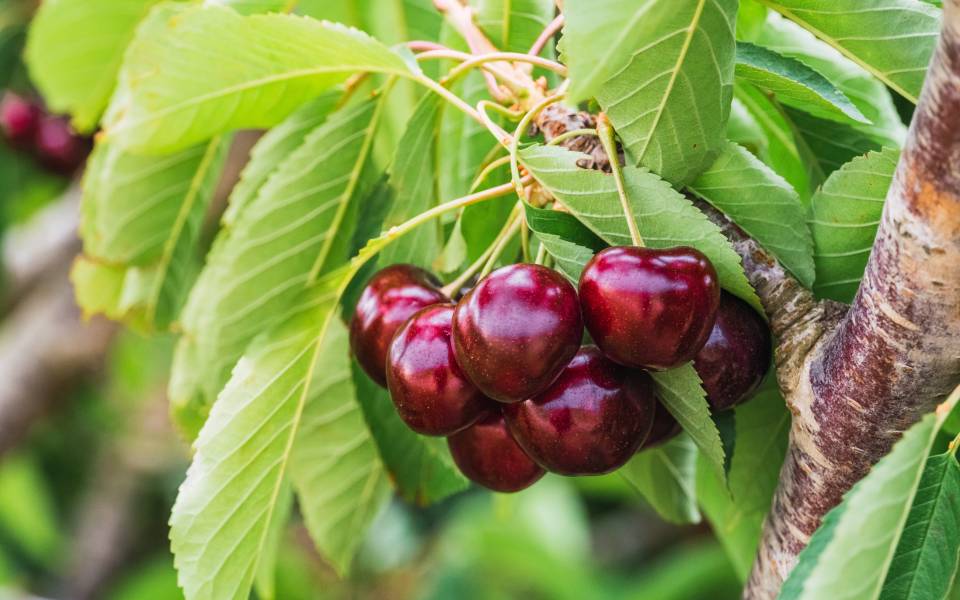Things you didn't know about Maials
Maials has always been an important town due to its location, a location that allows it to have one of the most spectacular views of the plain of
Lleida. The population has been growing at the foot of the hill where the
old closed town is, where previously there had been an
Iberian village, of which nothing remains but some graves dug into the rock, on the descent of the vegetable gardens valley (Vall dels Horts).
What can you see in Maials if you stay in a holiday cottage
It is essential to walk the streets of the old center of the town, known as
La Vileta or Vila Closa , to admire the medieval houses, which preserve many architectural elements of the time. You can also visit the remains of the Romanesque churches of
Santa Maria, Sant Pere and the
Renaissance chapel of Sant Sebastià .
It is worth visiting the Museu de la Pagesia i de la Llar (
Farming and Household Museum) where you will find numerous objects related to rural life.
The town's new church is an imposing baroque temple that, due to its dimensions, is called the
Cathedral of Les Garrigues .
Ideas of things to do in Maials
One of the excursions we propose is the
circular route through the Vall dels Horts , an area of great landscape and heritage value located between Llardecans and Maials. This route can be done both on foot and by mountain bike. This route was full of olive and almond trees and in order not to lose even a drop of the water that reached it, wells, gutters, drains, washing machines were built... Nowadays, the charm of the route is to discover these stone remains.
One of the advantages of the Segrià region is that it has a fairly flat relief and, therefore, invites you to take walks in the afternoon, when the temperatures drop, but if what you like is to do a bit of a slope, you can always climb the
summit of Montmaneu , one of the highest in Segrià with very good views and which many people descend by bicycle.
Come to a holiday cottage and enjoy La Fira de l'Oli de Maials
This fair dates back to the s. XX when it was a livestock fair. Today, it represents a great opportunity to learn about local products and is celebrated on the third weekend of November.
